Find Lasting Relief From Lower Back Pain

- Pain that travels down your back to your thigh and leg?
- Pain in your back, buttocks and legs?
- Pinpoint pain in one are of your spine?
- Increased pain in your back when you stand or walk?
What Causes Lower Back Pain?
Millions of people suffer from some form of lower back pain, also known as “lumbago”. The pain can be caused by an injury, a chronic condition, or simply by the normal process of aging. Common causes of lower back pain include:
Muscle or Ligament Strain
The most common cause of lower back pain. Soft tissues, such as muscles and ligaments, are easily injured and can be damaged by repetitive movements over time. Causes for strain include many work-related injuries (such as those sustained from lifting heavy loads or performing repetitive motions) and sudden impact injuries (such as those sustained from an automobile accident, participating in a contact sport, or a fall). Pregnant women may suffer lower back muscle strain both during and after pregnancy.


Bulging or Herniated Discs
Soft discs of cartilage located between your vertebrae act as “shock absorbers” for your spine. These discs are filled with fluid at birth, but lose their water and elasticity with age, causing the outer layer of cartilage to weaken and protrude from between the vertebrae. This is referred to as a bulging disc. If left untreated the disc could rupture, allowing the softer center of the disc to press on the nerves, which can cause severe pain. Spinal injuries, such as those sustained in an automobile accident, can also rupture a disc. A ruptured disc is commonly called a herniated disc.
Sciatica
Sciatica is normally caused when a herniated disk, bone spur on the spine or a narrowing of the spine compresses or pinches the sciatic nerve. This leads to inflammation, pain and sometimes numbness in the leg. For the most part, only one side of the body will be affected by pain caused from sciatica and that pain can be constant or sporadic, changing intensity when moving or even laying in some positions.

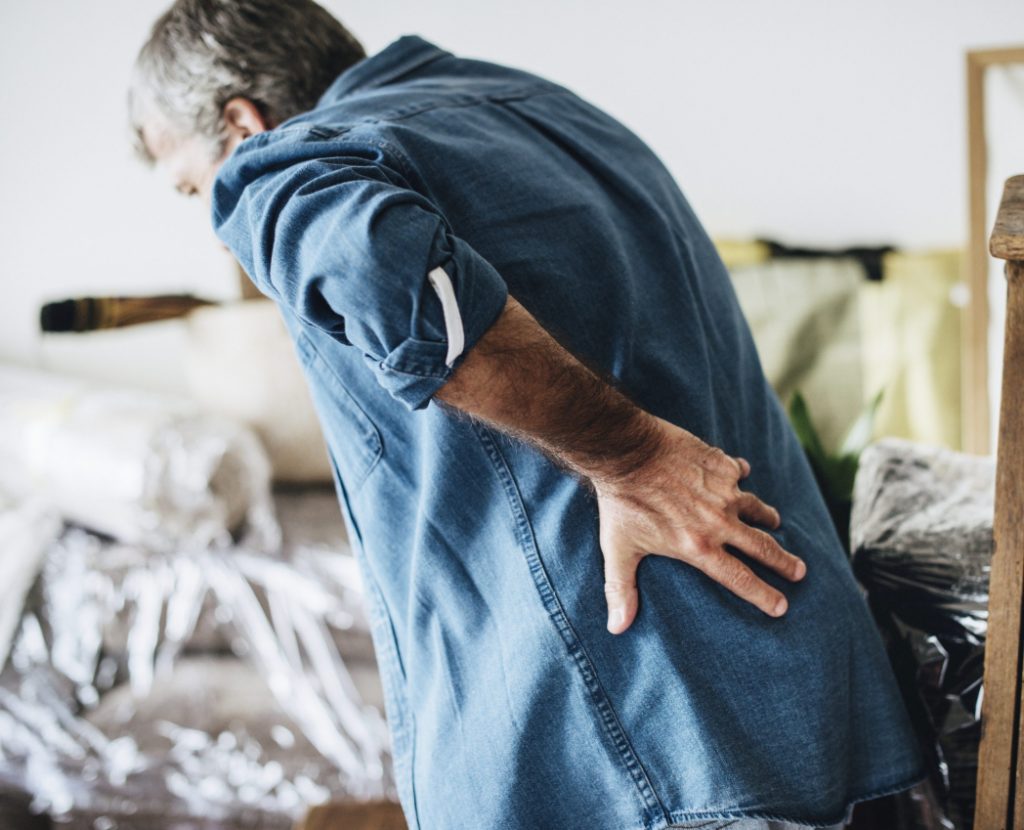
Osteoarthritis
Another condition associated with aging, arthritis in the lower back results from prolonged wear to the disc and facet joints (facet joints are located in between your vertebrae and work to keep your spine from bending improperly). In addition to the pain (often described as a dull ache), lower back arthritis can lead to inflammation, enlarging of the joints, and difficulty walking or maintaining balance. One or several joints may be affected. This condition is also known as spondylosis.
Osteoporosis
People with osteoporosis have low bone mass and are at a high risk of fractures and broken bones. This condition is common in people of advanced age and is more prevalent among women than men. The use of certain medications may cause or worsen the condition, as can long-term alcohol or tobacco use. Various diseases may also cause osteoporosis. Osteoporosis can affect the lower back by curving the spine and weakening the vertebrae, leading to compression fractures, pain, and difficult mobility.


Spinal Misalignment
The vertebrae that make up the spine are arranged in a precise alignment that allows the nerves to run smoothly and the back muscles to move with ease. If the vertebrae move out of position, however, complications can result. Spinal misalignment has many of the same causes as muscle strain: injuries sustained from heavy lifting, repetitive motions, or jarring impacts. Poor posture, lack of exercise, and obesity are also risk factors. Much like muscle strain, symptoms include pain, inflammation, and decreased mobility.
What Do our patients say about our treatments?
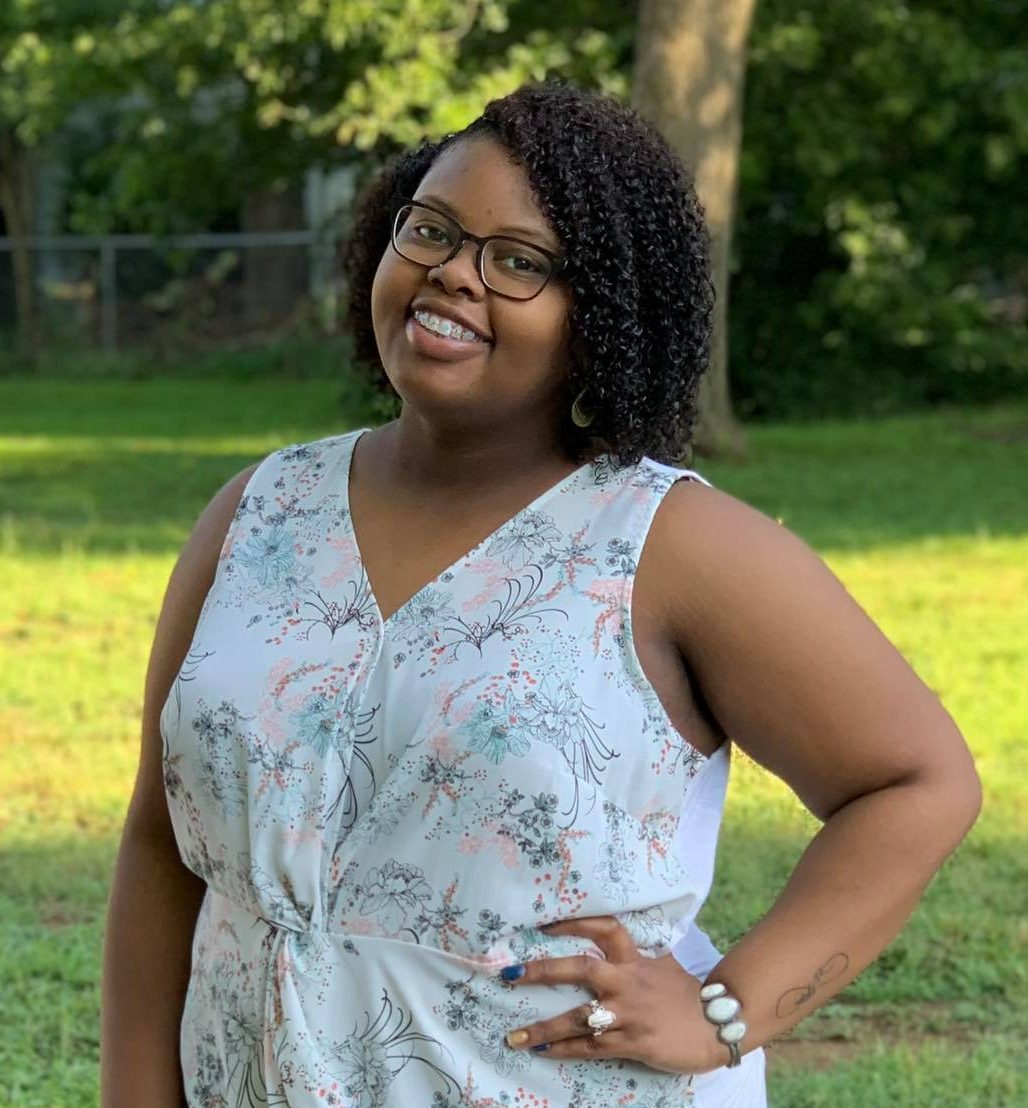
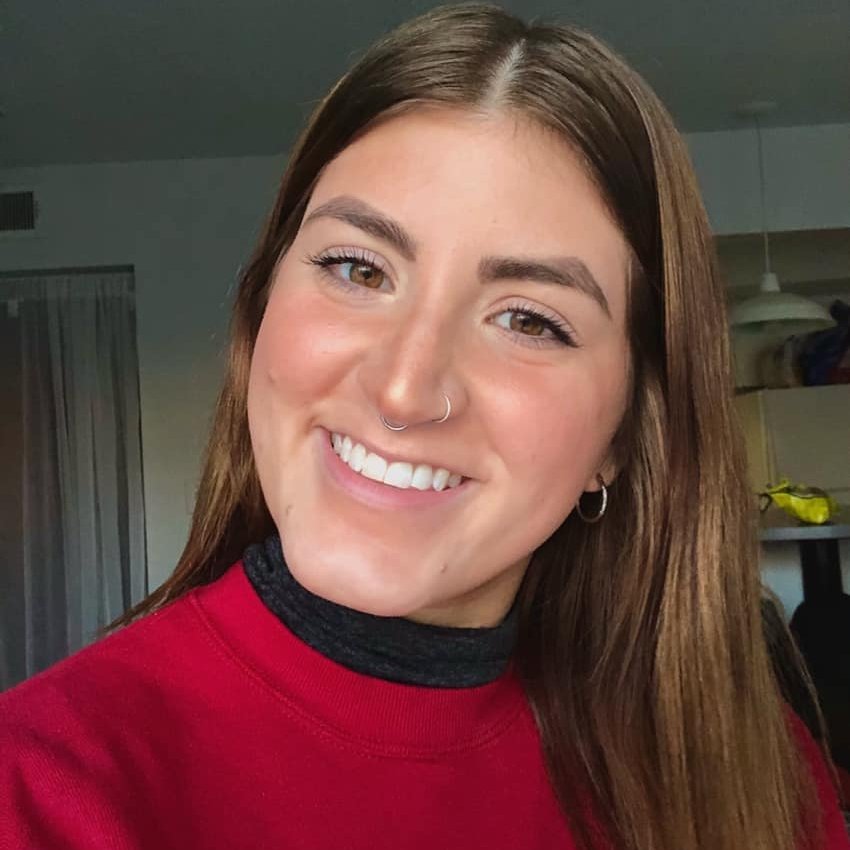
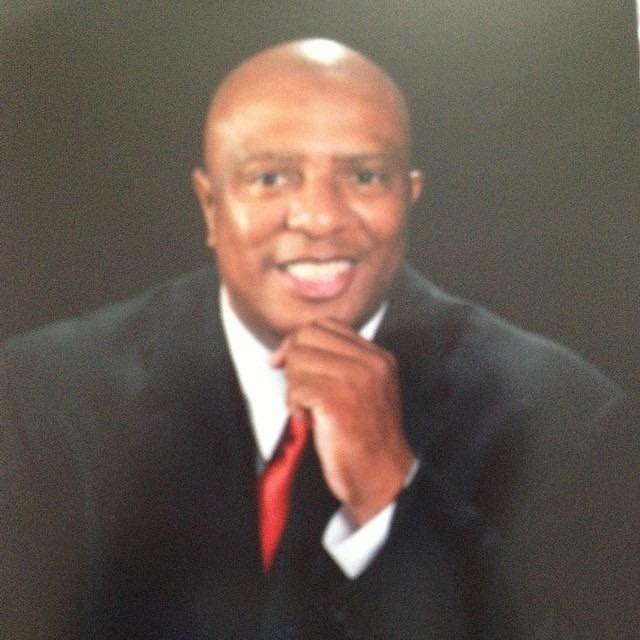


Book Your Appointment Now By Phone Or Online
How Do You Diagnose Lower Back Pain?
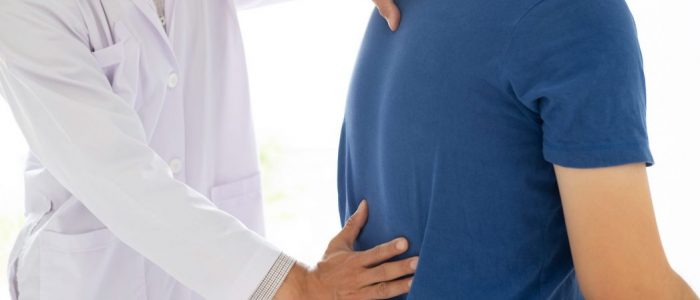
Before we get to work stopping your pain, we’ll do a complete exam to make sure you’re a good candidate for treatment. Our exam involves:
- A consultation to learn about your condition
- An exam to look for signs of the injury
- Functional Movement assessment to discover faulting movement patterns
- Take digital x-rays to get a close-up view of the injury
- Trial spinal decompression therapy
During your evaluation, we’ll ask questions about your medical history, nutrition, and lifestyle habits. This data, along with x-rays and assessments, allows us to pinpoint the main cause of your lower back pain. We compile this information and present you with a personalized treatment plan. Your doctor will recommend the therapies that will be most effective for your specific condition.
How Do You Treat Lower Back Pain?
The difference between how we treat lower back pain versus how others may treat it is in our multi-faceted approach. Our proprietary treatment protocols combines the best of physical medicine and high-tech equipment for maximum pain relief and healing. And our system works! Statistics show over 80% of people get relief from our specialized approach.
Spinal decompression therapy (also known as “traction”) is an FDA-Cleared treatment for lower back and leg pain that actually treats the problems with the spine rather than masking the symptoms with medication. Research has shown that traction provides beneficial effects by gently reducing pressure on joint surfaces and discs, allowing the body to heal and regain its proper alignment. Traction therapy is a light, gentle stretch for soft tissue muscles and helps joints regain proper function. By stimulating sensory mechanoreceptors (the body’s pressure sensors), spinal decompression technology brings relief from many painful conditions.
During your treatment you will receive multiple chiropractic adjustments to alleviate your pain and correct the underlying issue. Using painless, swift movements and specialized techniques, your doctor will realign the bones in your spine. Adjusting the bones reduces pain, relieves pressure and allows for proper healing of discs. This process also reduces irritation to the nerves and helps them function better.
This laser improves the circulation of tiny blood vessels in and around your inflamed nerves. Providing your nerves with a rich blood supply of oxygen and nutrients promotes better healing, especially when treating sciatica. The laser also energizes nerve cells so they can repair themselves more efficiently.
Making sure your body has the nutrients it needs is crucial to getting the best results. That’s why each of our patients receives nutritional counseling. We’ll work with you and suggest diet changes and supplements to support your treatment.
After we’ve gotten rid of the pain, our goal is to help you prevent having these issues again. Our staff will work with you to:
- Strengthen Core Muscles
- Correct Flawed Movement Patterns
- Provide Specific Stretches & Exercises In Our Clinic & Home

Experience Lasting Relief From Lower Back Pain
If you are tired of suffering from lower back pain whether it was caused by an injury, sciatica, herniated discs, bulging discs, aging or more, then now is the time to take action!
New Patient Special Offer:
We’re offering a $79 consult for FIVE new lower back pain patients which includes:
- Complete consult with one of our physicians
- Physical Exam & Movement Testing
- Digital X-Rays
- Trial Spinal Decompression Therapy






